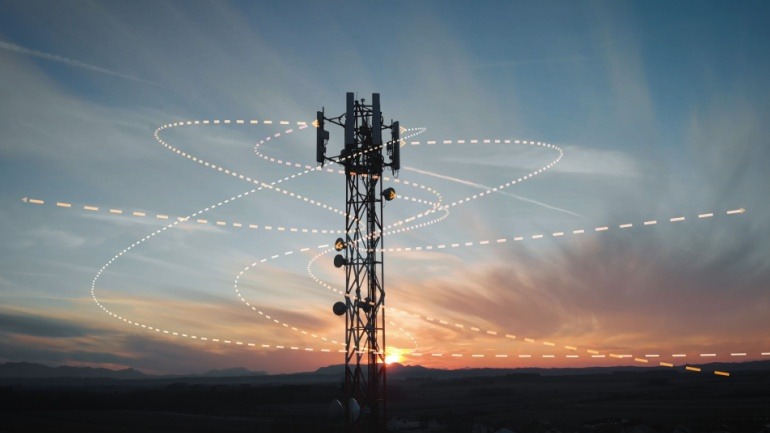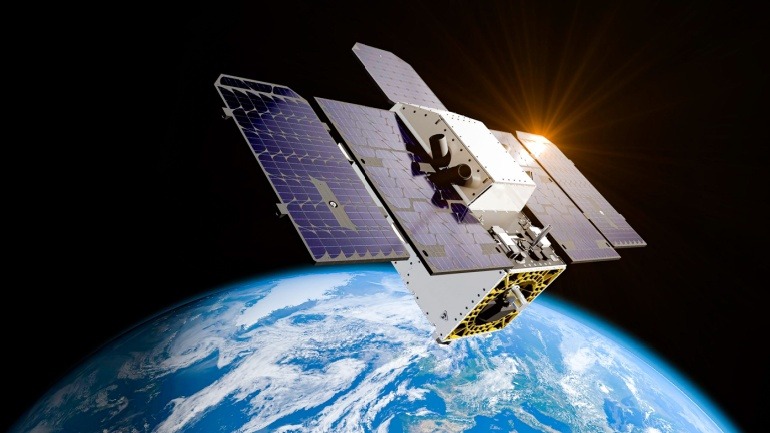Japanese telecom giant NTT Docomo is taking a significant step toward the future of telecommunications with the launch of its ‘6G Harmonized Intelligence Project.’ This initiative represents a vision of 6G as a ‘network for AI,’ diverging from conventional communication protocols dominated by technologies like 5G, which primarily rely on smartphones for human interaction.
NTT Docomo envisions 6G as a groundbreaking network, empowering AI and robots to achieve their full potential through real-time data processing and immediate feedback. Newly introduced values, previously unequipped in prior generations like 5G, such as sustainability, illustrate how the company plans to utilize 6G as a technological and societal tool.
The project outlines five primary values for 6G: Sustainability, Efficiency, Customer Experience, Network for AI, and Connectivity Everywhere. Addressing these values, the Harmonized Intelligence Project will collaborate with AI and robotics experts to explore emerging concepts. The emphasis will be on innovating devices, networks, UX, and UI to enhance society’s interaction with future communication technologies.
Collaboration is key in this venture, bringing together specialists, such as the head of the R&D Center for Digital Nature at the University of Tsukuba. These partnerships aim to forge an actionable vision for 6G, unlocking its full potential through innovative solutions.
In tandem, NTT Docomo continues to focus on demonstration tests and standardization for both 5G evolution and 6G. The tests aspire to revolutionize connectivity, enhancing ultra-high speed, large capacity, and low latency features. They also aim to widen communication coverage using new frequency bands like terahertz, expanding into the sky, sea, and space for a broader reach.
To complement these strides, NTT Docomo is innovating non-terrestrial network (NTN) technologies, integrating geostationary orbit satellites (GEO), low-earth orbit satellites (LEO), and high-altitude pseudo-satellites (HAPS). While GEO and LEO provide broad coverage, they often experience longer propagation times, making efficiency a challenge.
For 5G-Advanced technology, significant enhancements in uplink communications are crucial. NTT Docomo is committed to improving uplink performance, essential for diverse industrial applications. They emphasize high-reliability communication and quality service, integrating AI/ML technologies and massive MIMO for optimized performance and greater data handling.







